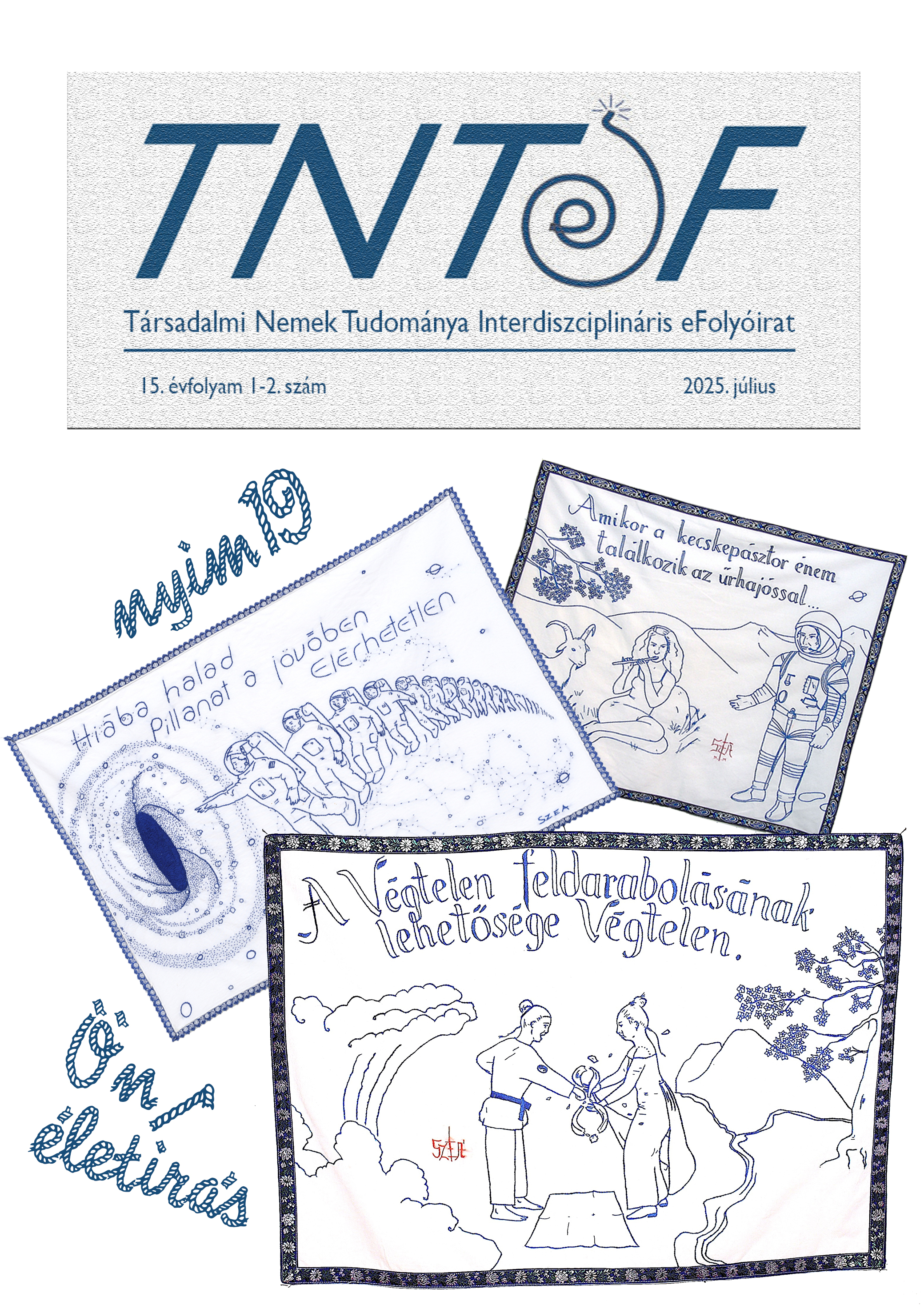The First Diary of Anne Frank as Performative Bricolage
Main Article Content
Abstract
The Diary of Anne Frank is the best-selling book in the world, next to the Bible. Surprising for a work written in Dutch, but not so surprising in the transnational context of the Holocaust. The Diary of Anne Frank was one of the earliest testimonies published, in 1947. It has been translated into practically every language in the world. It is less well known that there are several versions of the diary: first Anne herself rewrote part of her diary, then after her death her father Otto Frank edited it for publication in book form, and then these different versions are combined and published by publishers to this day.
In my study, I deal with the first version of the diary book with the plaid cover, version A, which runs from 12 June 1942 to 5 December 1942. This part of the diary, digitalized in 2021, is full of different scripts, pasted notes, inserts, photographs, commentaries, and attempts at self-interpretation. After studying these, I have come to the conclusion that the chequered diary is invaluable not only for its content, but also for the visual form it reveals. It is my contention that this part of the diary can be interpreted as an art object, a collage. From her own memories, letters, family documents, and variations in writing style, Anne makes a bricolage of the historical, social, gender and ethnic references of her life. The diary also visually depicts the psychosocial development of an adolescent girl forced into an extreme historical situation. The result is a performative portrayal of the German Jewish refugee who, after the war, wants to become a Dutch citizen and a writer, the adolescent girl's sexuality and awareness of her femininity, hiding as a form of internal and external resistance, the relationship to trauma, nature, politics, family members and other hiding people, and the space that makes hiding possible. All these processes are in constant flux, interplay with each other and together point towards transgression, rebellion and freedom.

